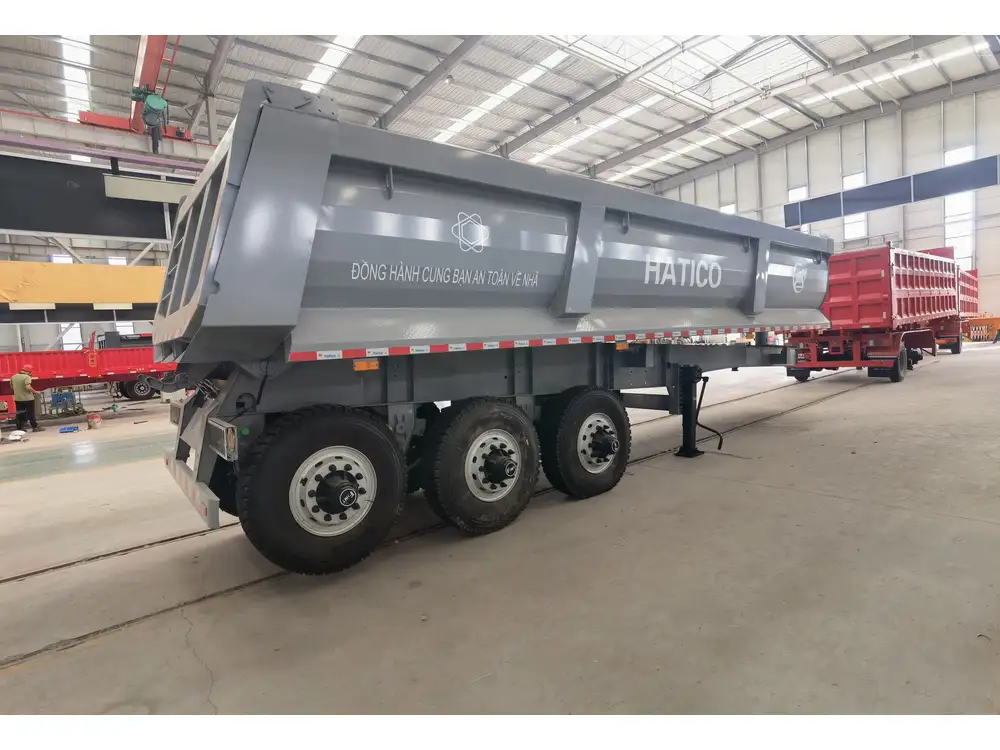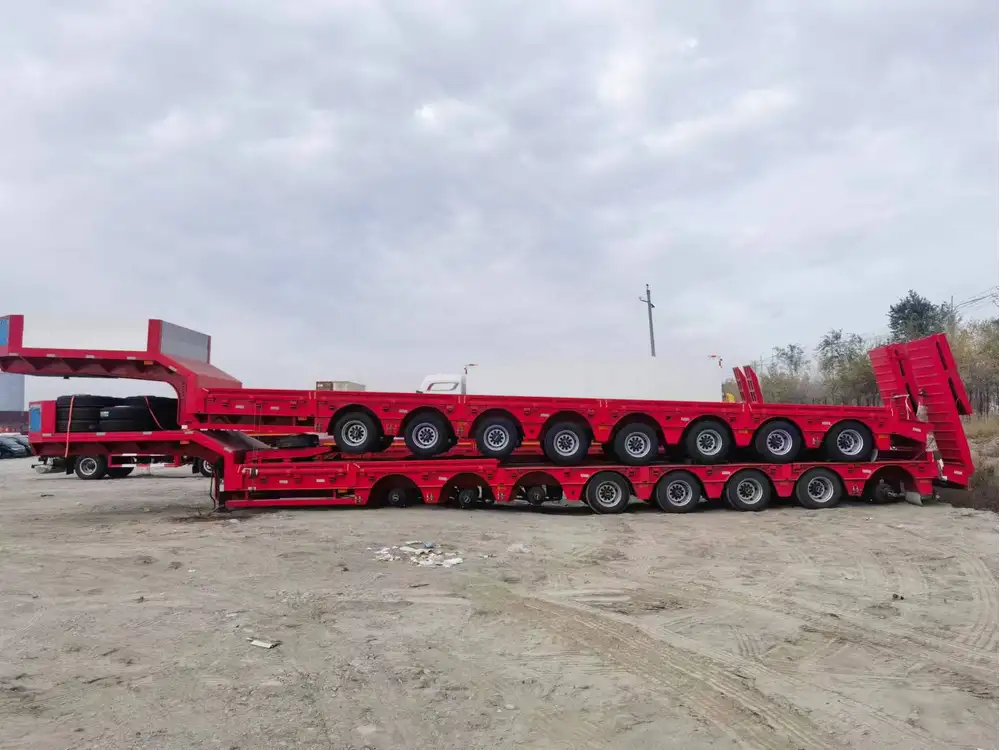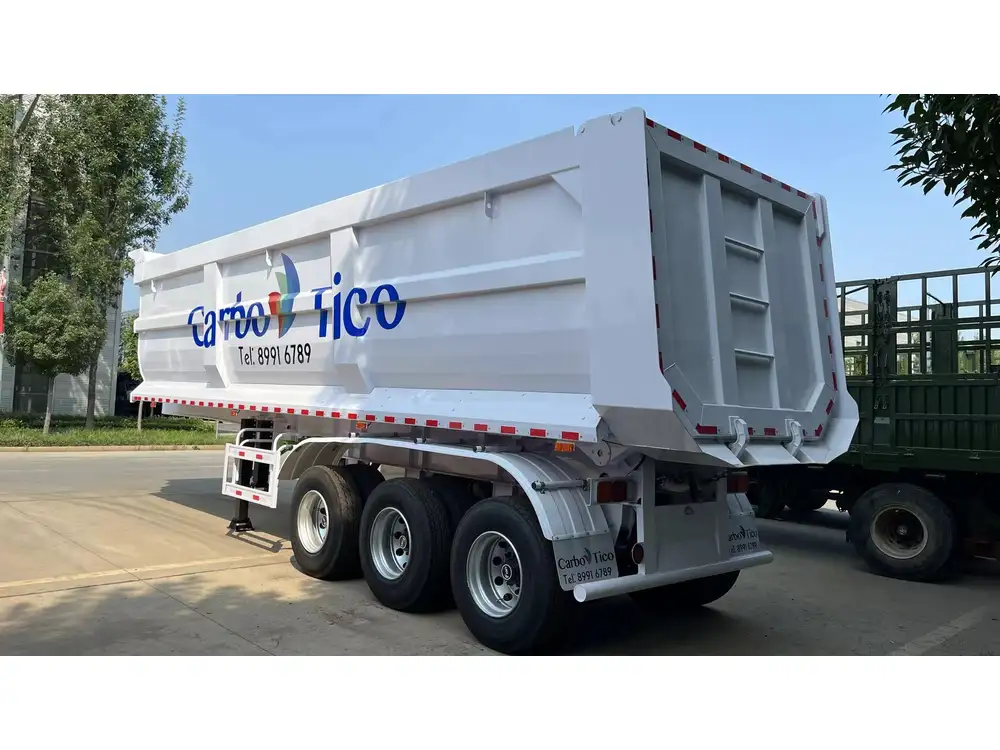When transporting cargo, the safety and security of your goods are paramount. One crucial aspect of ensuring maximum protection during transit is the proper locking of a sea container to a trailer. With the growing concerns surrounding theft, damage, and mishandling during shipping and transportation, it becomes essential to explore all dimensions of securing your cargo. This guide will delve into various methods, tools, and best practices for effectively locking a sea container to a trailer, enabling you to protect your assets during transport.
Understanding the Importance of Locking Sea Containers
Locking a sea container is not merely about keeping the container closed; it extends far beyond that. Proper locking mechanisms provide several advantages:
| Advantages of Locking Sea Containers |
|---|
| Deters theft and unauthorized access |
| Minimizes potential damage during transport |
| Ensures compliance with shipping regulations |
| Increases cargo insurance effectiveness |
| Enhances overall peace of mind |
Given these crucial advantages, it becomes evident that understanding how to securely lock a sea container to a trailer is essential for anyone involved in transportation logistics.
Exploring the Types of Sea Containers
To effectively lock a sea container to a trailer, it’s vital first to understand the different types of sea containers. This knowledge will guide you in selecting the right locking method.

Standard ISO Containers
- Dimensions and Specifications: These containers are available in 20ft and 40ft sizes. They are designed to facilitate international shipping and meet strict ISO standards.
Refrigerated Containers (Reefers)
- Temperature Control: Products requiring temperature regulation must be shipped in refrigerated containers. Locking mechanisms may differ slightly for refrigeration units to accommodate power cords.
Open Top Containers
- Accessibility: Designed for tall cargo that cannot easily fit inside a standard container. Securing these to a trailer requires specific techniques due to their open design.

Flat Rack Containers
- Specialty Cargo: Used for large or heavy cargo that doesn’t fit in standard containers. Although they have a different structure, proper locking methods are equally relevant.
Step-by-Step Guide to Locking a Sea Container
1. Assess the Sea Container’s Locking Mechanism
Most sea containers come equipped with standard locking mechanisms, which include:
- Cam Locks: Commonly found, these locks secure the doors at the top and bottom using a simple handle mechanism.
- Bolt Locks: These provide added security and require a padlock to be effective.
- Security Seals: When shipping internationally, seals ensure that the container has not been tampered with during transit.

2. Select the Right Trailer
Choosing the appropriate trailer is imperative for securing the container. Ensure the trailer has the following features:
Adequate Weight Capacity: Ensure the trailer can accommodate the weight of the container and its contents.
Proper Tie-Down Points: Look for integrated points to secure the container efficiently.
Flat and Level Surface: This facilitates easy loading and minimizes movement during transit.
3. Positioning the Container on the Trailer
Before proceeding with securing the container, ensure it is properly aligned on the trailer. Follow these guidelines:
Center the Container: Position it centrally to maintain balance during transport.
Verify Height Clearance: Ensure that the trailer’s height accommodates the container without obstructing road signs or bridges.
4. Secure the Container with Ratchet Straps
Using ratchet straps provides added security. Here’s how:
Attach Straps to the Tie-Down Points: Securely fasten the strap hooks to the trailer’s tie-down points.
Check Tension: Ensure the straps are tight enough to hold the container firmly in place without causing damage.
Use Multiple Straps: Utilize several straps across the container to prevent shifting during transport.

5. Additional Locking Techniques
While the container locks provide primary security, consider implementing the following for enhanced safety:
Using Padlocks
Choose Heavy-Duty Padlocks: Opt for weather-resistant, tamper-proof padlocks for added durability.
Lock all Cam and Bolt Locks: Secure every locking point of the container to prevent unauthorized access.
Installing Locking Bars
Install Locking Bars Across Doors: These bars reinforce the integrity of the locking mechanism.
Utilize Adjustable Locking Bars: These adapt to fit different container sizes.

6. Apply Security Seals and Tags
Finally, seal your container with a security seal or tag to avoid tampering. This step provides:
Proof of Tampering: In case of an incident, the shipping line or logistics provider can ascertain if the container was opened during transit.
Compliance: Many international shipping regulations necessitate sealing containers for customs verification.
Best Practices for Container Security
In addition to the steps mentioned, regular inspections and proper maintenance of locking mechanisms are critical. Consistent checks can prevent mechanical failures and ensure that all locks are functional.
Maintenance Tips
Regularly Inspect Locks: Check for rust or mechanical issues that could compromise security.
Lubricate Moving Parts: Use a suitable lubricant to ensure that locks move smoothly and easily.
Replace Worn-Out Locks Promptly: Don’t wait until a lock fails to replace it—ongoing maintenance is key to sustained security.

Dealing with Common Problems
Problem: Container Doors Not Securing Properly
Solution: Clean the locking mechanisms and ensure there are no obstructions preventing the door from closing properly. If the issue persists, consider replacing the locks.
Problem: Theft Despite Secure Locking
Solution: Evaluate overall security measures, including the trailer’s security features, transportation routes, and potential vulnerabilities during loading and unloading.

Problem: Damage During Transit
Solution: Ensure that the container is correctly loaded and that appropriate measures, such as using soft tie-downs, are employed to minimize the risk of cargo shifting.
Conclusion
Locking a sea container to a trailer is a multifaceted process that requires careful consideration and execution. By understanding the types of containers, selecting the right trailer, and implementing effective locking strategies, you can ensure the safety and security of your cargo throughout transportation.
Implementing best practices, regular maintenance, and addressing common issues will further strengthen your approach to container security. In an industry where time and reliability are critical, taking the extra steps to lock down your cargo is not just advisable—it’s a necessity. Don’t leave anything to chance; secure your sea containers correctly, and you can ship with confidence.
Helpful Resources
- Container Security Guidelines by the World Shipping Council
- Best Practices for Container Loading and Securing from the International Maritime Organization
- Industry Publications on Freight and Cargo Security Standards
By adhering to these guidelines, we not only enhance the security of our cargo but also foster a culture of safety and reliability within the transportation sector.



